Basic Guide



Becoming a Peptide Pro
This guide is designed to give you a clear, research-based overview of how peptides work, how they’re made, and why they’re being studied across so many fields.
Whether you're exploring peptides for the first time or looking to refresh your understanding, this section breaks down the core concepts without the jargon. Always backed by science, and always written for clarity.
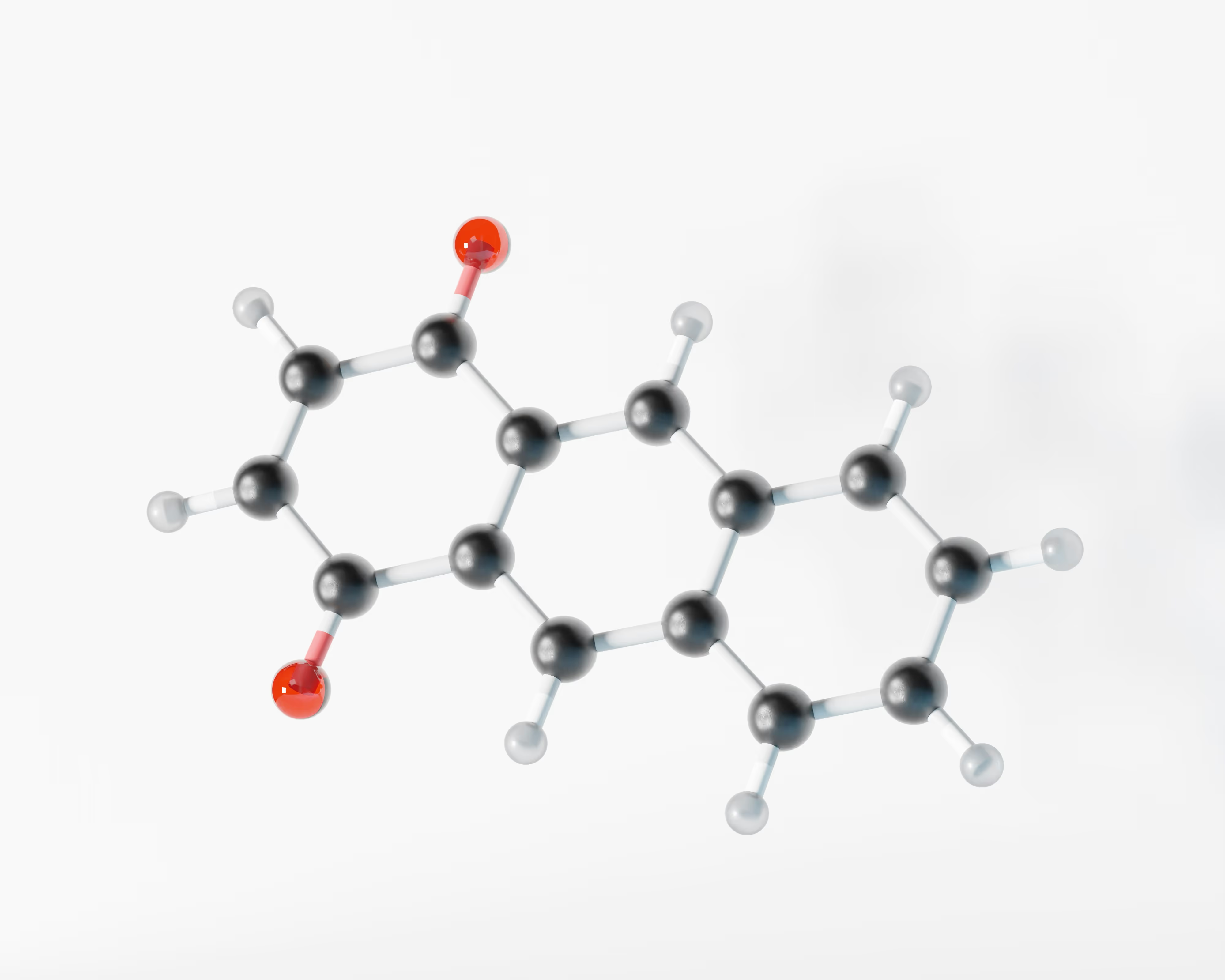
What Are Peptides?
At the most basic level, peptides are short chains of amino acids; the same building blocks that make up proteins in the body. While proteins are long and complex, peptides are smaller, typically made of just 2 to 50 amino acids linked together in a chain.
Inside the body, peptides act like messenger molecules. They help cells communicate, send signals, and trigger specific biological responses. Depending on their structure, peptides can play a role in growth, healing, hormone regulation, inflammation, and more.
Some peptides occur naturally in the body. Others are created in laboratories to replicate or slightly modify these natural compounds.
Because of their small size and ability to target specific functions, peptides are being widely studied across many areas of science. Researchers are exploring how they work, what they affect, and how they might help reveal new insights into how the body functions at a cellular level.

Types of Peptides

GLP-1 and Metabolic Peptides
GLP-1s, or glucagon-like peptide-1, are naturally occurring peptides that play an important role in regulating blood sugar and energy balance. They are part of a broader group of peptides being studied for their impact on metabolism, appetite control, and insulin signaling. (Gribble & Reimann, 2021).
GLP-1s are released in the body after eating and help lower blood glucose levels by stimulating insulin secretion, slowing gastric emptying, and reducing appetite. These effects make them a key focus in research related to obesity, type 2 diabetes, and metabolic disorders. (Flint et al., 2001, Van Can et al., 2014).
Synthetic GLP-1 receptor agonists, such as semaglutide and liraglutide, are developed to mimic the activity of natural GLP-1 while offering longer-lasting effects and improved stability. These peptides are being studied in both preclinical and clinical research to better understand their impact on metabolism, insulin regulation, and appetite control. (Drucker, 2022).
More recently, combination peptides like tirzepatide are being explored for their ability to target both GLP-1 and GIP receptors. Researchers are studying whether this dual action can lead to greater improvements in metabolic outcomes. (Steinert et al., 2017).
As interest in metabolic health continues to grow, GLP-1s and related peptides remain one of the most closely studied groups in peptide research. Ongoing studies are examining their effects on body weight, blood sugar, insulin sensitivity, and cardiovascular health. (Gribble & Reimann, 2021, Drucker, 2022).
Signaling Peptides
Signaling peptides are peptides that help cells communicate with one another. They act like messengers, triggering specific responses by binding to receptors on the surface of target cells.
These peptides are being studied across many areas of biology because of their ability to influence key processes such as tissue growth, repair, inflammation, and hormone release. For example, BPC-157 is a synthetic peptide widely researched for its potential to promote soft tissue healing, reduce inflammation, and support gastrointestinal repair in preclinical studies. Animal models have shown promising results, particularly in wound healing and musculoskeletal regeneration (Cushman et al., 2024 PMC11426299).
CJC-1295 is being studied for its ability to boost growth hormone and IGF-1 levels in the body, which makes it a compound of interest in hormone and metabolism research.
Matrixyl (palmitoyl pentapeptide), a synthetic peptide used in dermatology, is often highlighted in cosmetic and skincare studies for its ability to stimulate collagen synthesis and reduce visible signs of skin aging.
Researchers continue to investigate how signaling peptides activate or suppress biological pathways, depending on their sequence, structure, and binding behavior. Because they are highly targeted and function-specific, these peptides are seen as valuable tools in both experimental biology and emerging therapeutic research.
Immune and Repair Peptides
Immune and repair peptides are short amino acid chains involved in enhancing immune function and promoting tissue healing. These peptides act by modulating immune responses, supporting wound recovery, and accelerating cellular regeneration.
These peptides have attracted significant attention in biological research and clinical studies due to their versatile roles in health and healing processes.
For example, Thymosin Beta-4 is studied for its potential to accelerate wound healing and reduce inflammation by modulating immune cell activity (Cushman et al., 2024). GHK-Cu (Copper Tripeptide-1) is known to support collagen production and tissue regeneration, particularly in dermatological and wound repair models (Cushman et al., 2024).
Additionally, BPC-157 is widely researched for its ability to support gastrointestinal healing, soft tissue regeneration, and inflammation control (Cushman et al., 2024).
Researchers continue to investigate how immune and repair peptides selectively influence biological pathways, from activating immune cells to promoting cellular growth. Because of their precise biological activity and therapeutic potential, these peptides are considered promising tools in regenerative medicine, immunology, and dermatology.
Neuropeptides
Neuropeptides are small molecules that help the nervous system regulate a wide range of functions. They act as messengers between neurons, influencing processes such as mood, stress response, pain perception, appetite, and cognitive function.
Some well-known neuropeptides include oxytocin, vasopressin, and substance P; each involved in different aspects of emotional regulation, fluid balance, and pain signaling. These molecules are being actively studied for their roles in brain chemistry, behavior, and neurological disorders.
In addition to naturally occurring neuropeptides, researchers are also exploring synthetic peptides that interact with similar pathways. Compounds like Selank and Semax are examples of synthetic peptides being studied for their potential to influence cognitive performance, mood balance, and neuroprotection. Kolomin et al., 2013
As interest in brain health and neurobiology grows, neuropeptides remain a key focus in research aimed at understanding how the brain communicates, adapts, and responds to internal and external signals.
Benefits & Appliaction

Potential Peptide Benefits Under Study
Peptides are currently being studied for a wide range of potential benefits.
Each peptide may offer multiple possible uses, and researchers continue to explore these actively in labs and clinical trials.
Below is an overview of some of the promising benefits currently being studied for different peptides.
Reducing wrinkles and fine lines
Enhancing collagen production
Calming skin inflammation
Improving skin elasticity
Accelerated muscle recovery
Stimulating growth hormone release
Promoting muscle growth
Enhancing endurance and repair
Supporting memory and learning
Improving cognitive function
Enhancing mental clarity and focus
Reducing anxiety and stress
Boosting immune cell function
Modulating inflammatory responses
Enhancing tissue resilience
Supporting gut mucosal immunity
Accelerating wound healing
Supporting tissue regeneration
Reducing inflammation in healing
Promoting connective tissue recovery
Enhancing satiety and reducing appetite
Improving insulin sensitivity
Promoting fat loss
Optimizing glucose metabolism
Peptide Potential: At a Glance
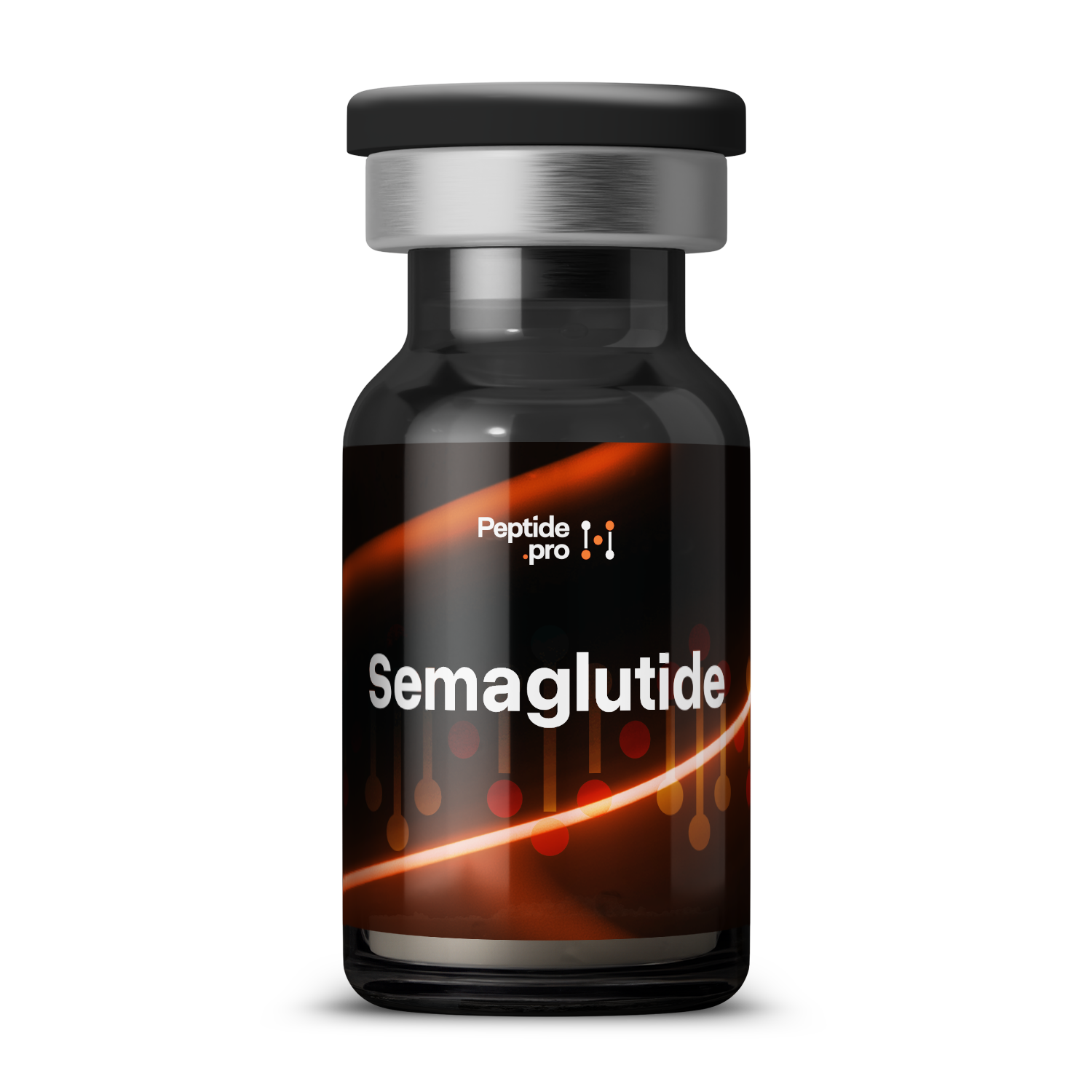
A GLP-1 peptide studied for its potential to support weight loss and improve blood sugar control.
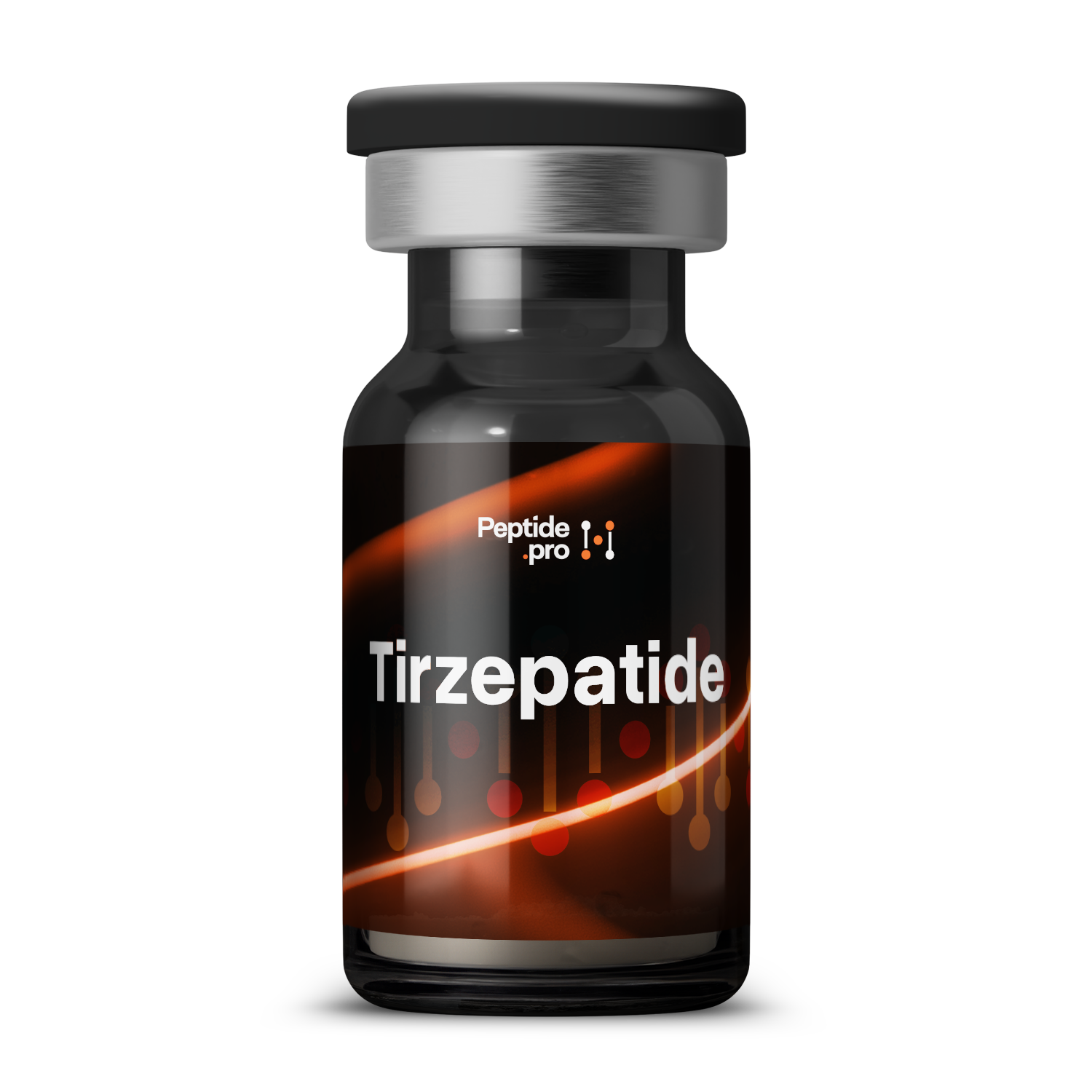
A dual GLP-1/GIP peptide being explored for its potential benefits in weight management and diabetes treatment.

A peptide targeting GLP-1, GIP, and glucagon receptors, studied for weight reduction and metabolic improvements.
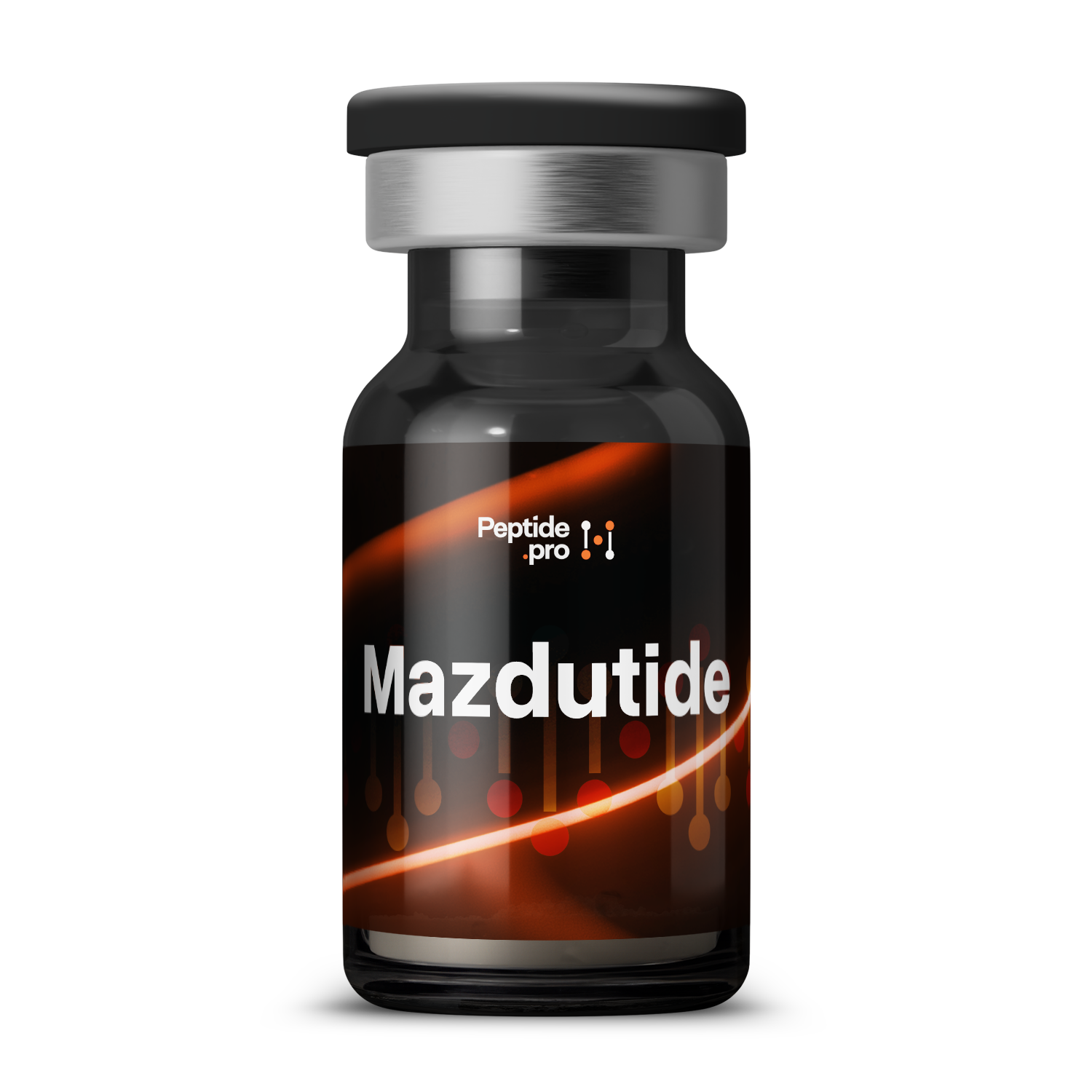
A GLP-1 and glucagon receptor peptide investigated for potential benefits in obesity treatment and metabolic health.
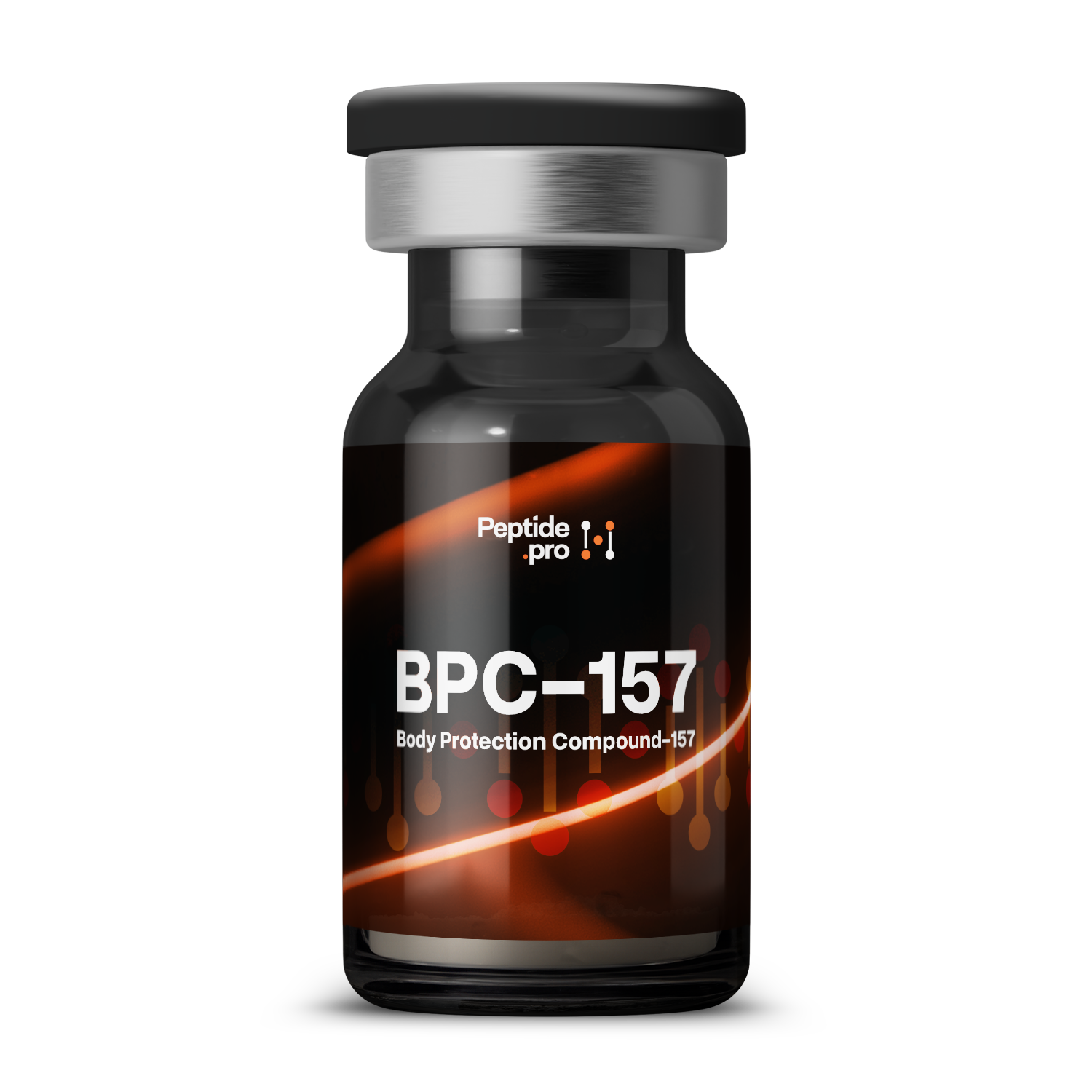
A signaling peptide studied for potential benefits in tissue healing, injury recovery, and reducing inflammation.
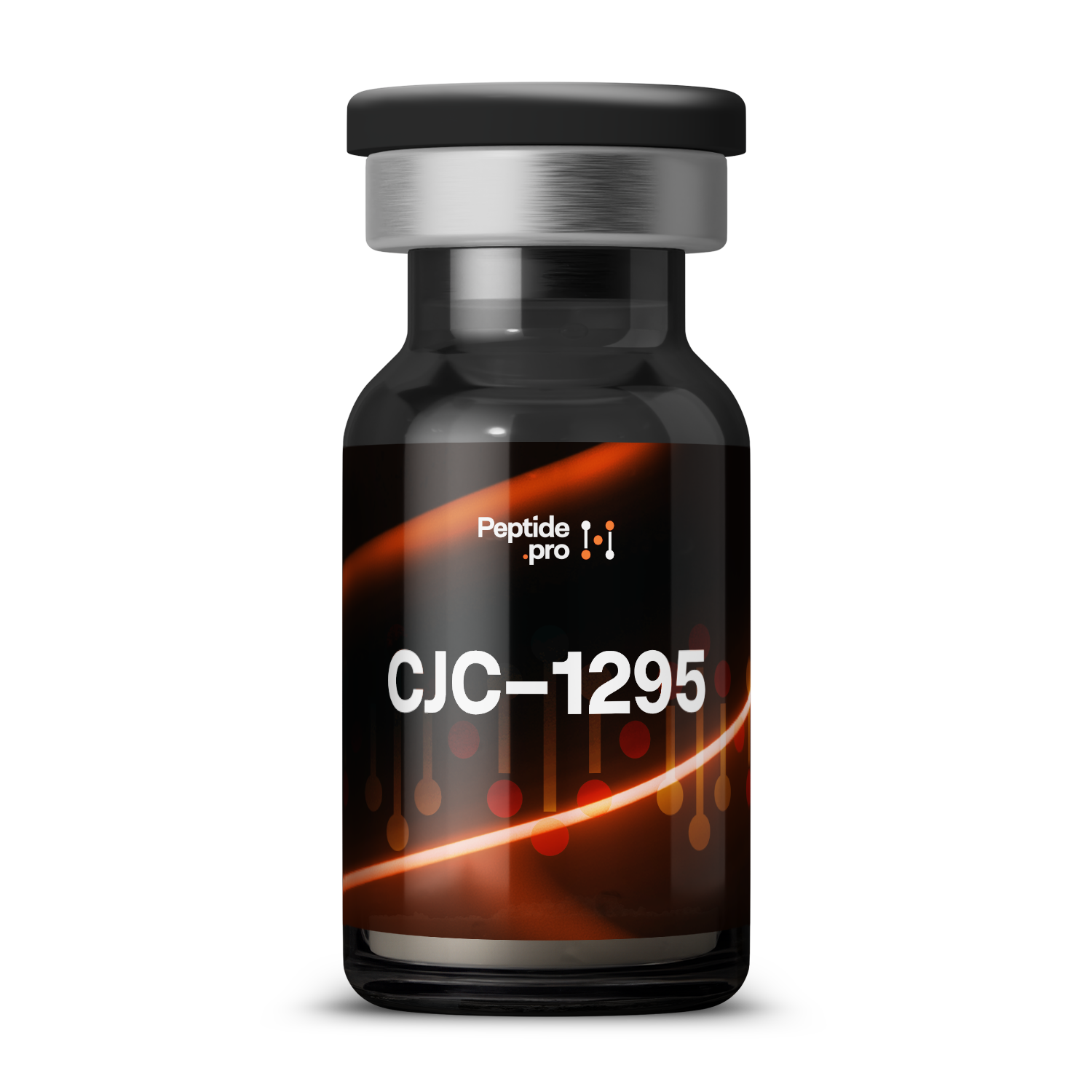
A peptide investigated for its ability to enhance growth hormone release, potentially supporting muscle growth, recovery, and overall wellness.
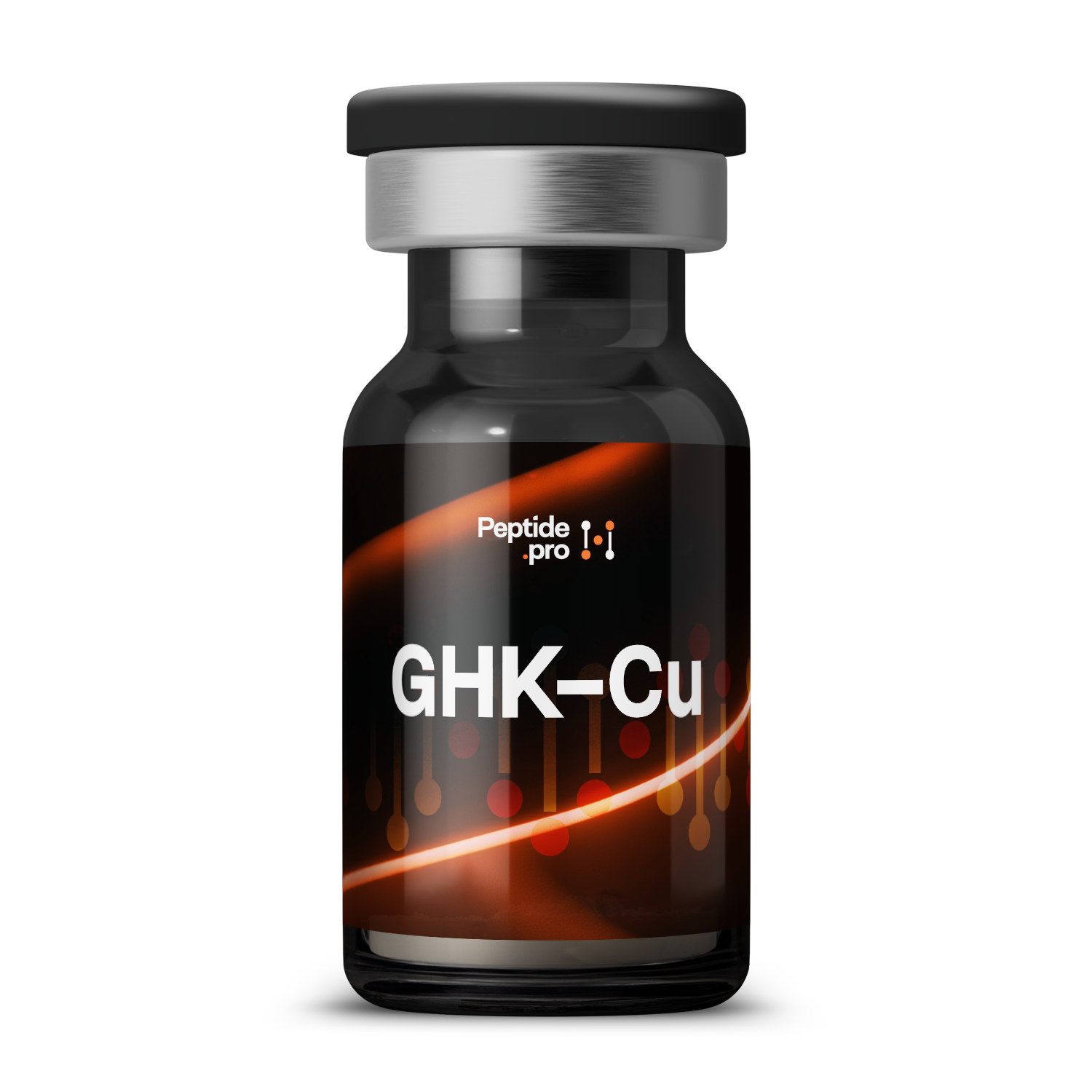
A copper peptide studied for its potential roles in skin regeneration, wound healing, and reducing inflammation.
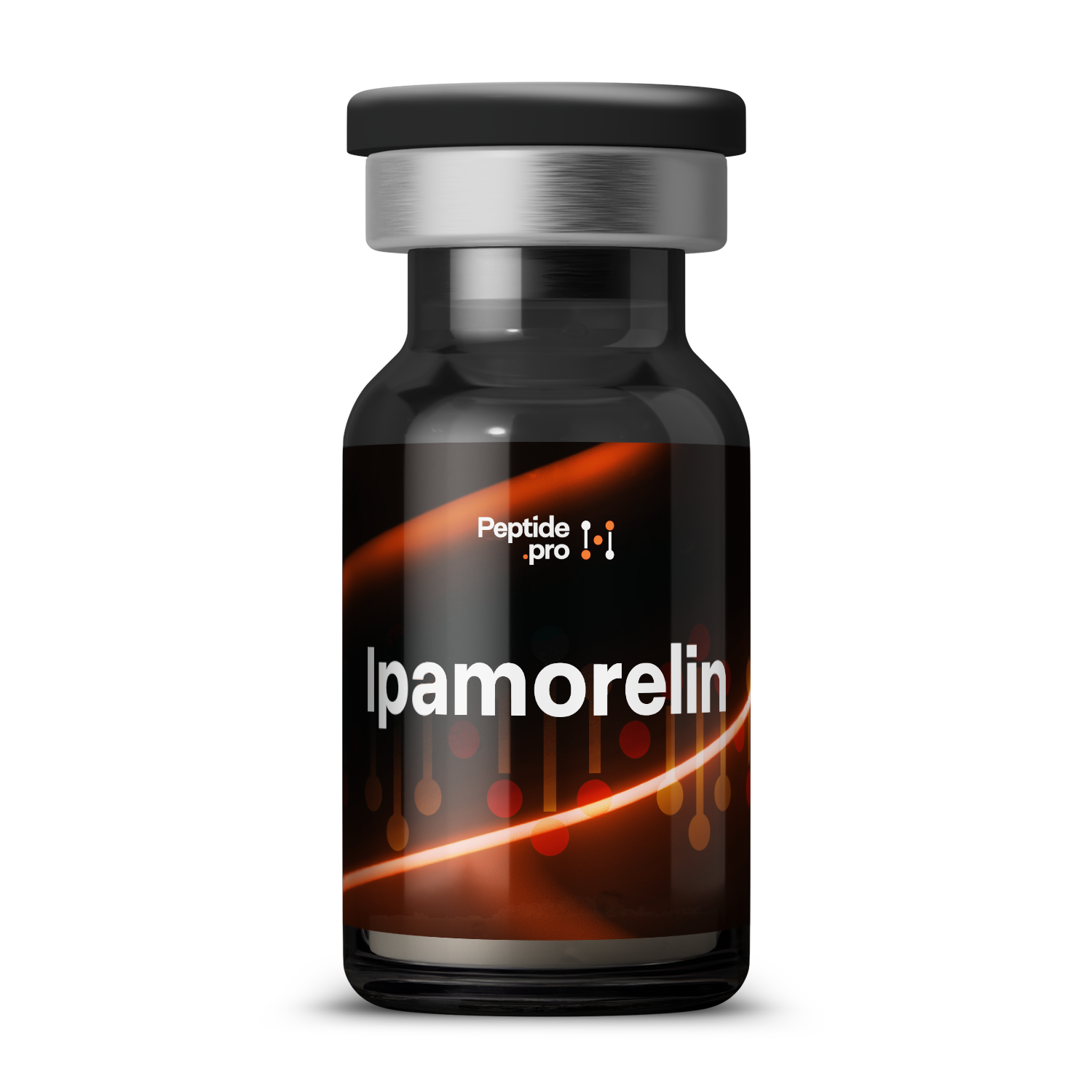
A peptide explored for its capacity to stimulate growth hormone release, potentially aiding recovery, body composition, and overall health.
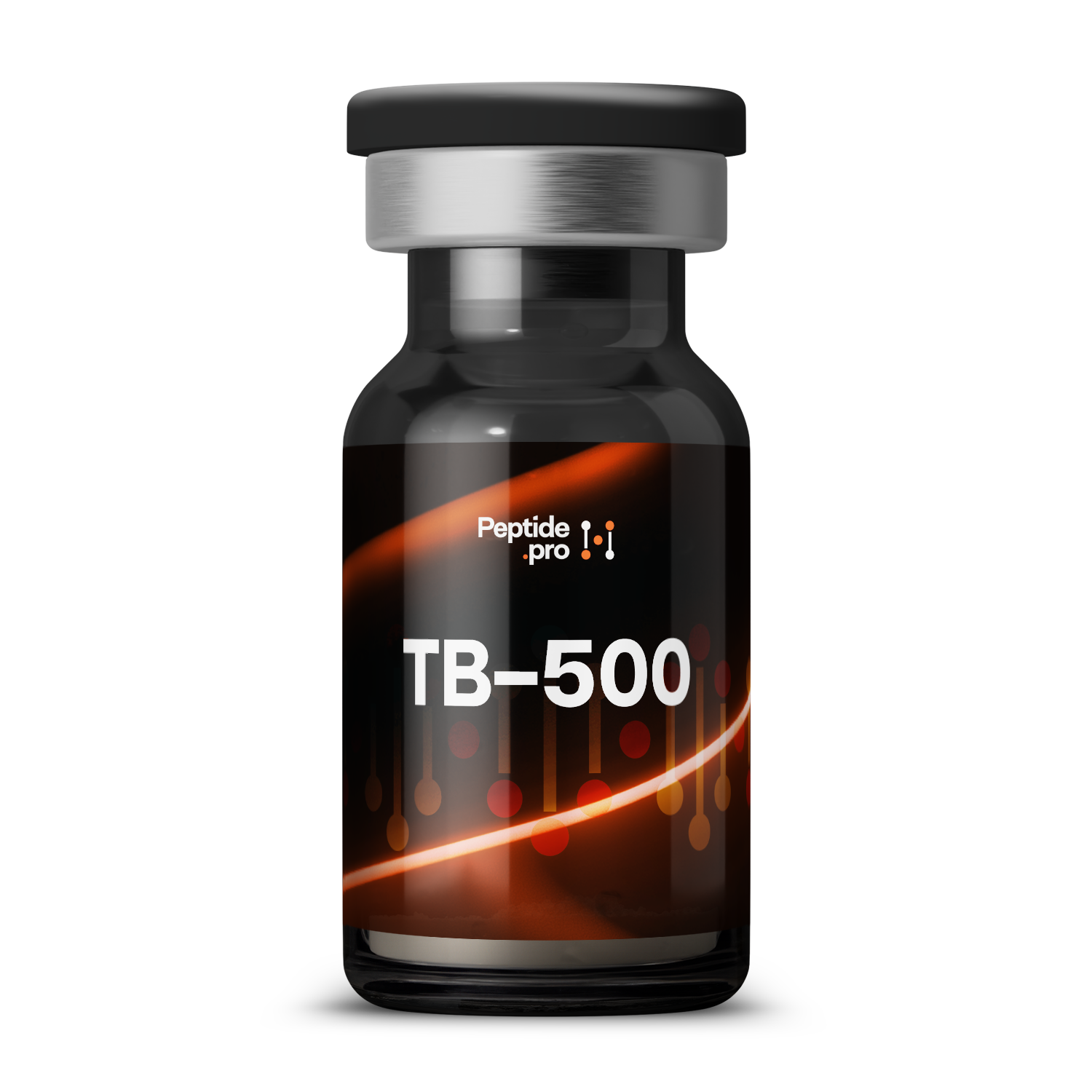
A peptide studied for potential benefits in promoting tissue repair, reducing inflammation, and supporting faster recovery.
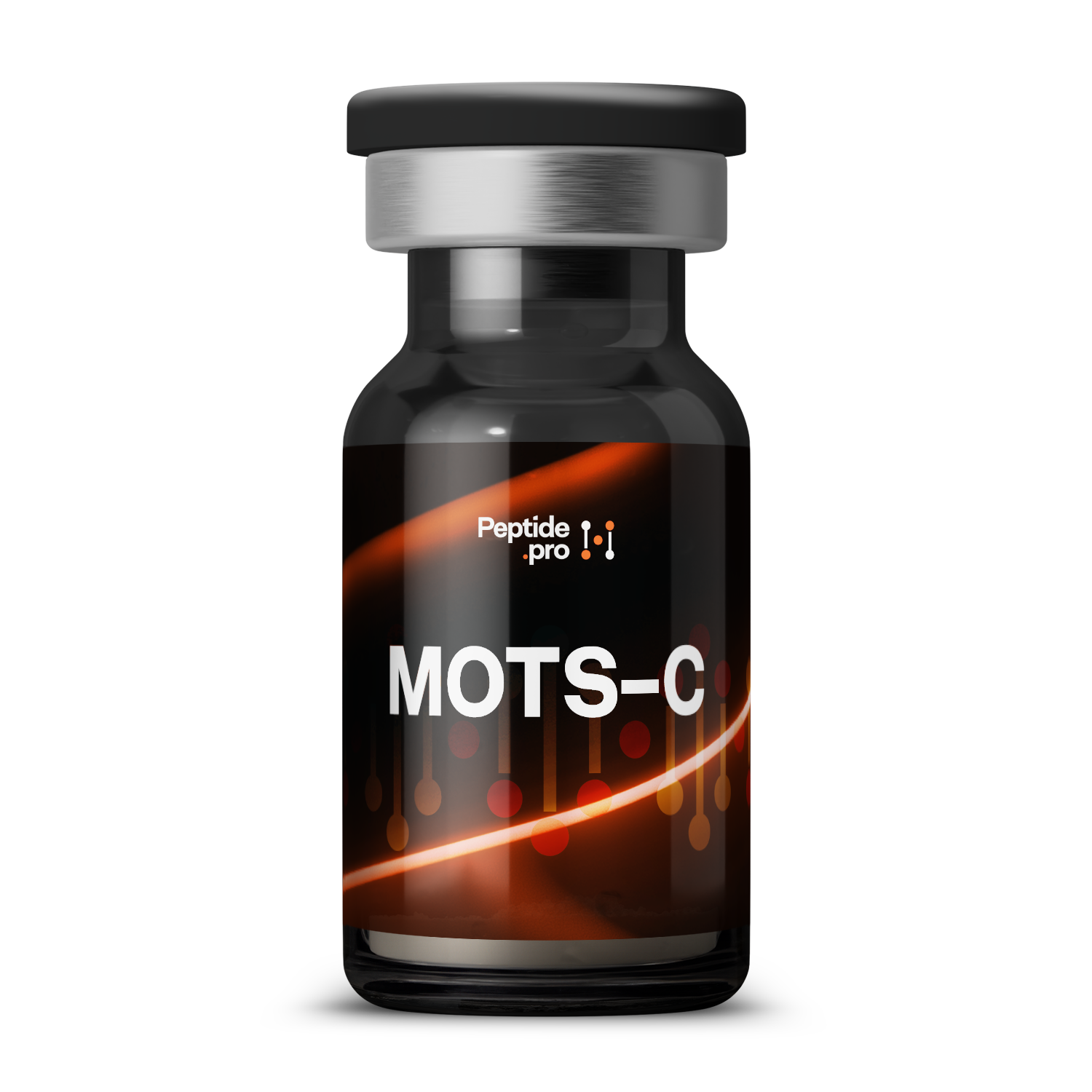
A mitochondrial peptide investigated for its potential to support metabolism, energy regulation, and overall cellular health.

An antimicrobial peptide studied for its potential roles in immune response, fighting infections, and wound healing.

A peptide explored for its potential benefits in boosting immune function, reducing inflammation, and supporting overall immune health.
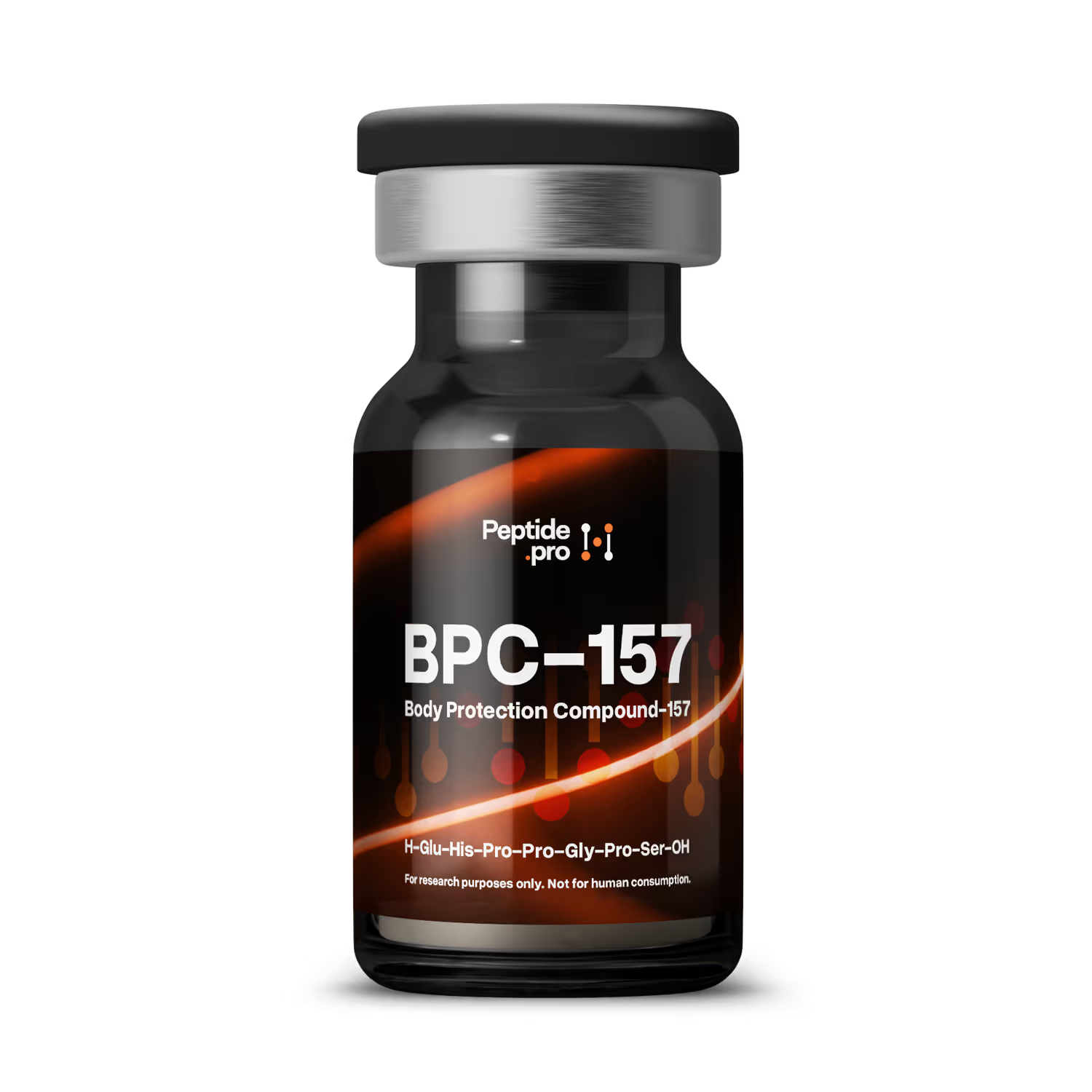
A neuropeptide studied for its potential effects on social bonding, emotional regulation, and stress reduction.
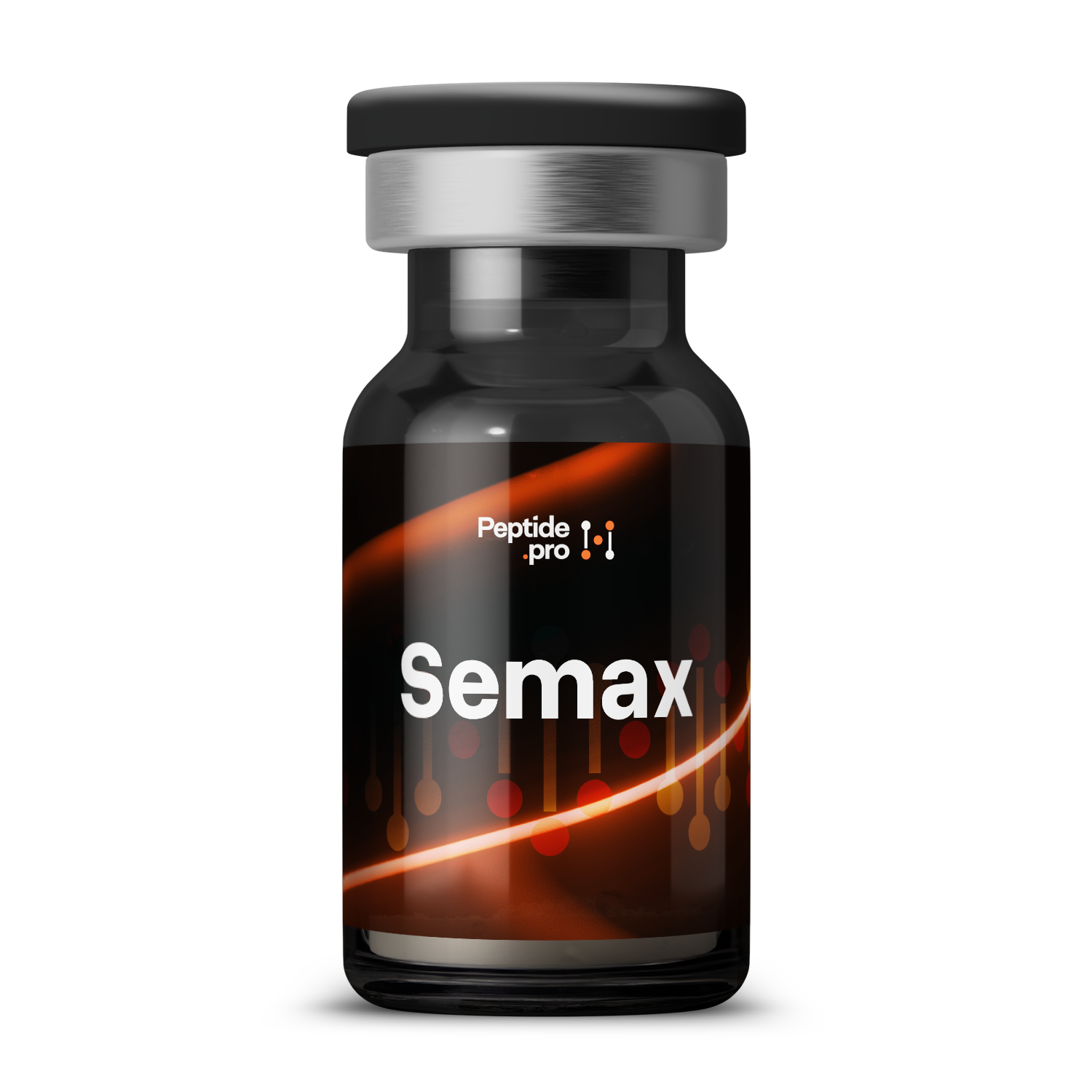
A neuropeptide investigated for potential cognitive enhancement, memory support, and neuroprotective effects.
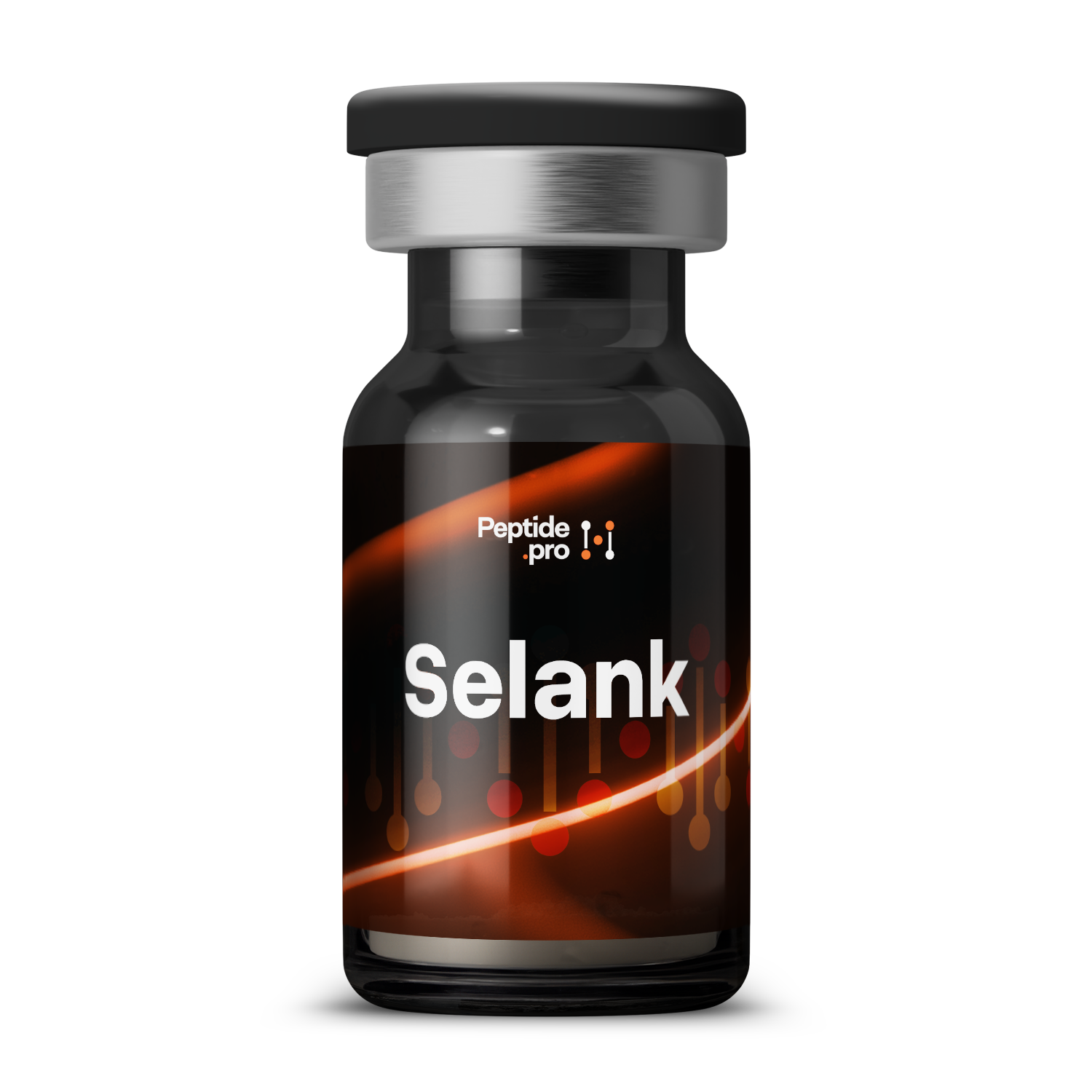
A neuropeptide explored for its potential benefits in reducing anxiety, improving mood, and supporting stress relief.

A neuropeptide that regulates water retention and blood pressure while being investigated for its potential roles in social behavior, memory formation, and stress responses.
